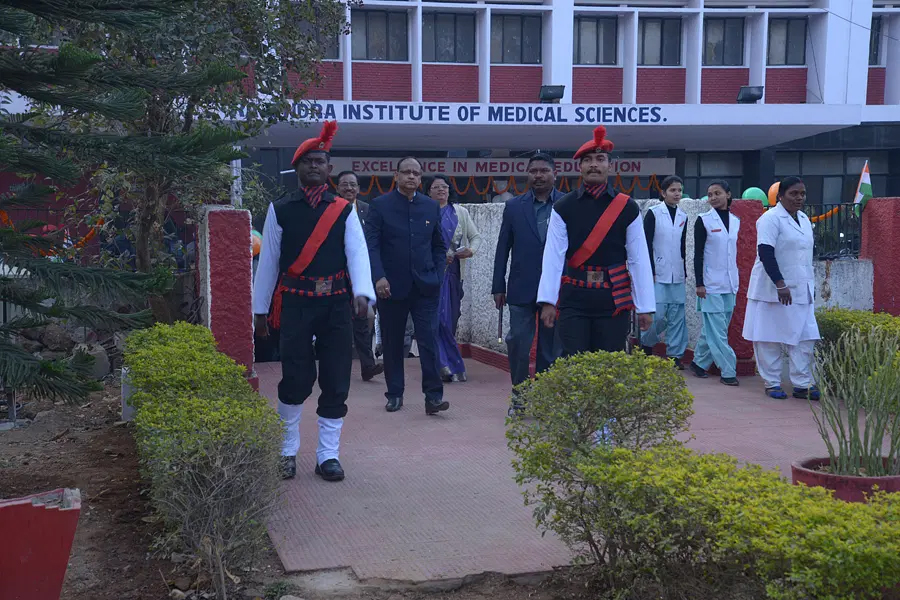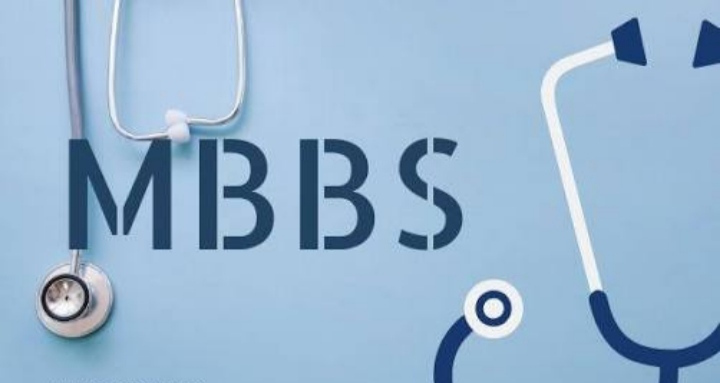
Rajendra Institute of Medical Sciences, Ranchi
Diploma in Child Health
is Diploma in Child Health
The Diploma in Child Health is a specialized program designed for healthcare professionals seeking advanced training in the field of pediatrics. This comprehensive course focuses on the unique healthcare needs of children, encompassing aspects of preventive care, diagnosis, and treatment of pediatric illnesses.
Curriculum Overview:
The curriculum of the Diploma in Child Health is carefully crafted to cover a wide spectrum of pediatric medicine. Key areas of study include:
Childhood Development:
- Understanding the physical, cognitive, and emotional development of children.
- Recognizing normal developmental milestones.
Pediatric Nutrition:
- Examining the nutritional needs of children at different stages of development.
- Addressing common nutritional challenges in pediatric patients.
Common Pediatric Illnesses:
- Identifying and managing common childhood illnesses, such as respiratory infections, gastrointestinal disorders, and skin conditions.
- Emphasizing early detection and intervention.
Vaccination and Immunization:
- Studying the importance of vaccines in preventing infectious diseases.
- Implementing vaccination schedules and addressing vaccine hesitancy.
Pediatric Emergencies:
- Training for the management of pediatric emergencies, including trauma and life-threatening conditions.
- Developing skills in pediatric resuscitation.
Childhood Mental Health:
- Addressing mental health issues in children, including anxiety, depression, and behavioral disorders.
- Collaborating with mental health professionals for comprehensive care.
Clinical Practicum:
An essential component of the program is the clinical practicum, where students gain hands-on experience in pediatric settings. This includes rotations in pediatric clinics, neonatal units, and pediatric wards, providing exposure to diverse pediatric cases.
Family-Centered Care:
The program emphasizes the importance of family-centered care, recognizing the integral role of parents and guardians in a child's well-being. Students learn effective communication strategies to engage with families and create collaborative healthcare plans.
Career Opportunities:
Upon completion of the Diploma in Child Health, graduates can pursue various career paths, including:
Pediatric Clinics:
- Providing primary care to pediatric patients in outpatient settings.
Pediatric Wards:
- Working in hospital settings, managing inpatient care for children with acute or chronic conditions.
Community Health:
- Engaging in community outreach and preventive care programs for children.
School Health Services:
- Supporting health initiatives within educational institutions, addressing the health needs of school-aged children.
Pediatric Research:
- Contributing to research focused on pediatric health and wellness.
Conclusion:
The Diploma in Child Health equips healthcare professionals with specialized knowledge and skills to provide comprehensive care to children. Graduates emerge ready to make a positive impact on the health and well-being of pediatric patients, contributing to the development of a healthy and thriving younger generation
Diploma in Orthopaedics
Diploma in Psychological Medicine
DM - Cardiology
Government Medical College, Kottayam
It seems like you're using "DM" in the context of Cardiology. If you mean "DM" as a specific topic or abbreviation, it would be helpful to have more information or context to provide a more accurate response. "DM" could stand for various things depending on the context, such as Direct Message or Diabetes Mellitus.
If you're referring to "DM" in the context of Cardiology, and it's related to a specific topic or question, please provide more details or clarify your request so I can assist you appropriately. Whether you're interested in a particular aspect of cardiology, a specific condition, diagnostic procedures, or treatment options, additional information will help me provide more targeted information.
M.B.B.S.

Bachelor of Medicine, Bachelor of Surgery (Latin: Medicinae Baccalaureus, Baccalaureus Chirurgiae; abbreviated in many ways, most commonly MBBS, but also MB ChB, BMBS, MB BCh, MB BChir), is the primary medical degree awarded by medical schools in countries that follow the tradition of the United Kingdom. The historical degree nomenclature states that they are two separate undergraduate degrees. In practice, however, they are usually combined as one and conferred together, and may also be awarded at graduate-level medical schools.
Bachelor of Medicine and Bachelor of Surgery (MBBS), is a professional degree in medical science. A person holding the MBBS degree becomes a certified medical practitioner. The duration of MBBS course is five years and six months including one year of rotational internship at hospitals, health centres, and health camps organised by non-profit organisations (NGOs). MBBS course syllabus includes studies on anatomy, pharmacology, pathology as well as community health & medicine, paediatrics, and surgery. The syllabus, prescribed in such a way that MBBS degree holders can choose a specialisation for further majoring and practising medicine. The career specialisations for MBBS students are Nephrology, Cardiology, Gynecology, Anesthesiology, Organ Transplant, Endocrine, and General Surgery, etc.
M.Ch - Neuro Surgery
M.Ch - Paediatric Surgery
MD - Anaesthesiology
The purpose of PG education is to create specialists who would provide high quality health care and advance the cause of science through research & training. A post graduate specialist having undergone the required training in anesthesiology should be able to recognize the health needs of the community. He or she should be competent to handle effectively medical problems and should be aware of the recent advances pertaining to his/her specialty. She/he should be highly competent anesthesiologist with broad range of skills that will enable him/her to practice anesthesiology independently. The PG student should also acquire the basic skills in teaching of medical/para-medical students. She/he is also expected to know the principles of research methodology and modes of consulting library. She/he should attend conferences, workshops and CMEs regularly to upgrade his/her knowledge. The purpose of this document is to provide teachers and learners illustrative guidelines to achieve defined outcomes through learning and assessment. This document was prepared by various subject-content specialists. The Reconciliation Board of the Academic Committee has attempted to render uniformity without compromise to purpose and content of the document. Compromise in purity of syntax has been made in order to preserve the purpose and content. This has necessitated retention of “domains of learning” under the heading “competencies”
MD - Bio-Chemistry
MD - Dermatology , Venereology & Leprosy
MD - Forensic Medicine/Forensic Medicine & Toxicology
MD - Microbiology
MD - Paediatrics
MD - Pathology
MD - Pharmacology
MD - Physiology
MD - Radio Diagnosis/Radiology
MD - Social & Preventive Medicine / Community Medicine
MD/MS - Anatomy
MD/MS - Obstetrics & Gynaecology
MD/MS - Ophthalmology
MS - ENT
MS - General Surgery
MS - Orthopaedics
- Log in to post comments
- 81 views
